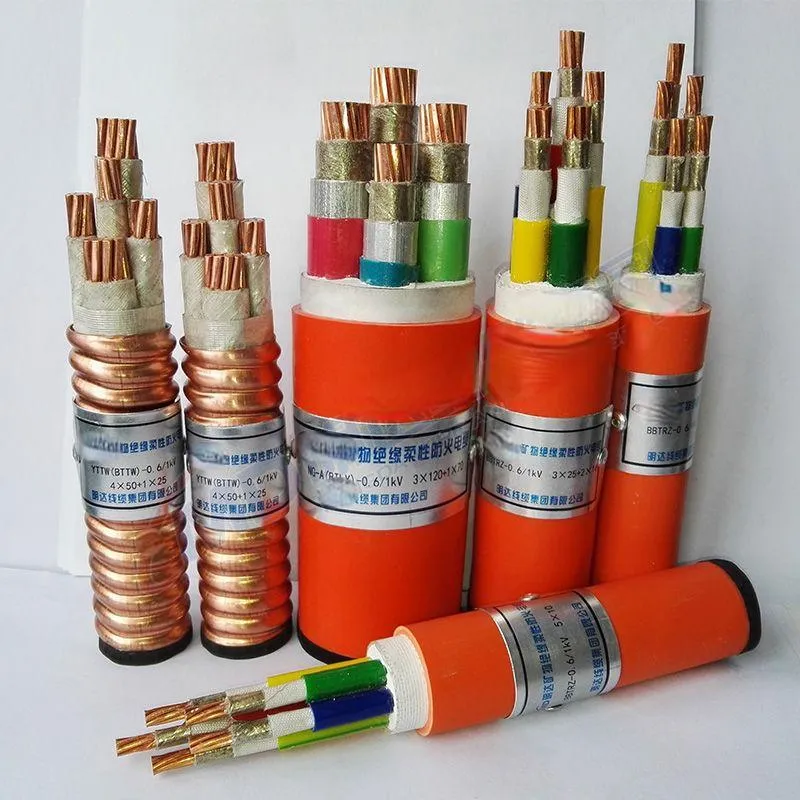Ліст . 29, 2024 14:24 Back to list
Cast Iron Air Valve Design and Applications for Efficient Airflow Management
Understanding Cast Iron Air Valves An Essential Component in Pneumatic and Hydraulic Systems
In the realm of engineering and manufacturing, air valves play a significant role in controlling the flow of air or gases within pneumatic and hydraulic systems. Among the various materials used to fabricate these vital components, cast iron has emerged as a preferred choice due to its durability, strength, and cost-effectiveness. This article explores the characteristics, advantages, applications, and maintenance of cast iron air valves.
Characteristics of Cast Iron Air Valves
Cast iron is an iron-carbon alloy that contains 2% to 4% carbon along with varying amounts of silicon, manganese, and other elements. This composition gives cast iron its excellent mechanical properties, making it ideal for constructing air valves. Cast iron air valves are typically cast using sand casting techniques, resulting in complex shapes that are both robust and lightweight.
One of the most notable characteristics of cast iron is its ability to withstand high temperatures and pressures, which makes it suitable for applications in industries such as oil and gas, power generation, water treatment, and manufacturing. The inherent resistance to corrosion and wear further enhances the longevity of cast iron air valves, ensuring they perform optimally over extended periods.
Advantages of Cast Iron Air Valves
1. Durability Cast iron is known for its high wear resistance and ability to withstand harsh conditions, which is vital in maintaining the valve's integrity over time. 2. Cost-Effectiveness Compared to other materials, such as stainless steel or bronze, cast iron is generally more affordable. This makes cast iron air valves an economical choice for many applications without compromising quality.
3. Sound Damping Cast iron has excellent sound-damping properties that minimize noise generated during operation, making it a preferred choice in environments where noise reduction is crucial.
4. Ease of Machining Cast iron can be easily machined to achieve precise dimensions. This flexibility allows for the manufacturing of specialized air valves tailored to specific operational needs.
5. Thermal Stability The thermal mass of cast iron enables it to maintain a stable temperature during operation, which is particularly beneficial in high-temperature environments.
Applications of Cast Iron Air Valves
Cast iron air valves serve a multitude of functions across different industries
- Pneumatic Systems In pneumatic applications, these valves control the flow of air, enabling efficient operation of tools and machinery. They are fundamental in systems ranging from assembly lines to power tools.
cast iron air valve

- Hydraulic Systems In hydraulic applications, cast iron air valves regulate the air pressure in hydraulic circuits, ensuring optimal performance and safety. They are used in construction machinery, automotive systems, and industrial equipment.
- Water Treatment Facilities These valves aid in controlling air pressure within treatment systems, ensuring efficient aeration and mixing processes. This is crucial for processes such as sewage treatment and water purification.
- Heating and Ventilation In HVAC systems, cast iron air valves help manage airflow, contributing to energy efficiency and indoor air quality.
Maintenance of Cast Iron Air Valves
To ensure the longevity and optimal performance of cast iron air valves, regular maintenance is essential. Here are some key maintenance practices
1. Routine Inspections Regularly inspect the valves for signs of wear, corrosion, or leakage. Early detection of issues can prevent costly repairs or replacements.
2. Cleaning Dust and debris can accumulate, impacting the valve's performance. Periodic cleaning ensures that the valve operates smoothly without obstruction.
3. Lubrication Appropriate lubrication of moving parts minimizes friction and wear. Use manufacturer-recommended lubricants to ensure compatibility with the valve materials.
4. Testing Conduct functional tests to verify that the valve operates correctly under varying pressures and temperatures. This helps identify any operational anomalies.
5. Replacement of Worn Parts Replace any damaged or worn components promptly to maintain the integrity of the air valve system.
Conclusion
Cast iron air valves are indispensable components in various industrial applications, providing robust and efficient control of air and gases. Their durability, cost-effectiveness, and thermal stability make them an ideal choice for engineers and manufacturers alike. By understanding their characteristics, applications, and maintenance needs, operators can maximize the efficiency and lifespan of these vital components, thereby ensuring the smooth operation of their systems.
Share
-
Reliable Wafer Type Butterfly Valves for Every IndustryNewsJul.25,2025
-
Reliable Flow Control Begins with the Right Ball Check ValveNewsJul.25,2025
-
Precision Flow Control Starts with Quality ValvesNewsJul.25,2025
-
Industrial Flow Control ReliabilityNewsJul.25,2025
-
Engineered for Efficiency Gate Valves That Power Industrial PerformanceNewsJul.25,2025
-
Empowering Infrastructure Through Quality ManufacturingNewsJul.25,2025